Hello Steemians! This is my contribution for #marketfriday initiated by our dear friend Denise @dswigle. This post is dedicated to my two dear friends here in Steemit: Denise @dswigle and Lena @lenasveganlinving!
~ The Met Cloisters Museum ~
John D. Rockefeller Jr. generously provided for the building, the location in Forth Tyron Park, and the acquisition of the collection of George Grey Bernard, in 1925. The Cloisters opened to the public in 1938.

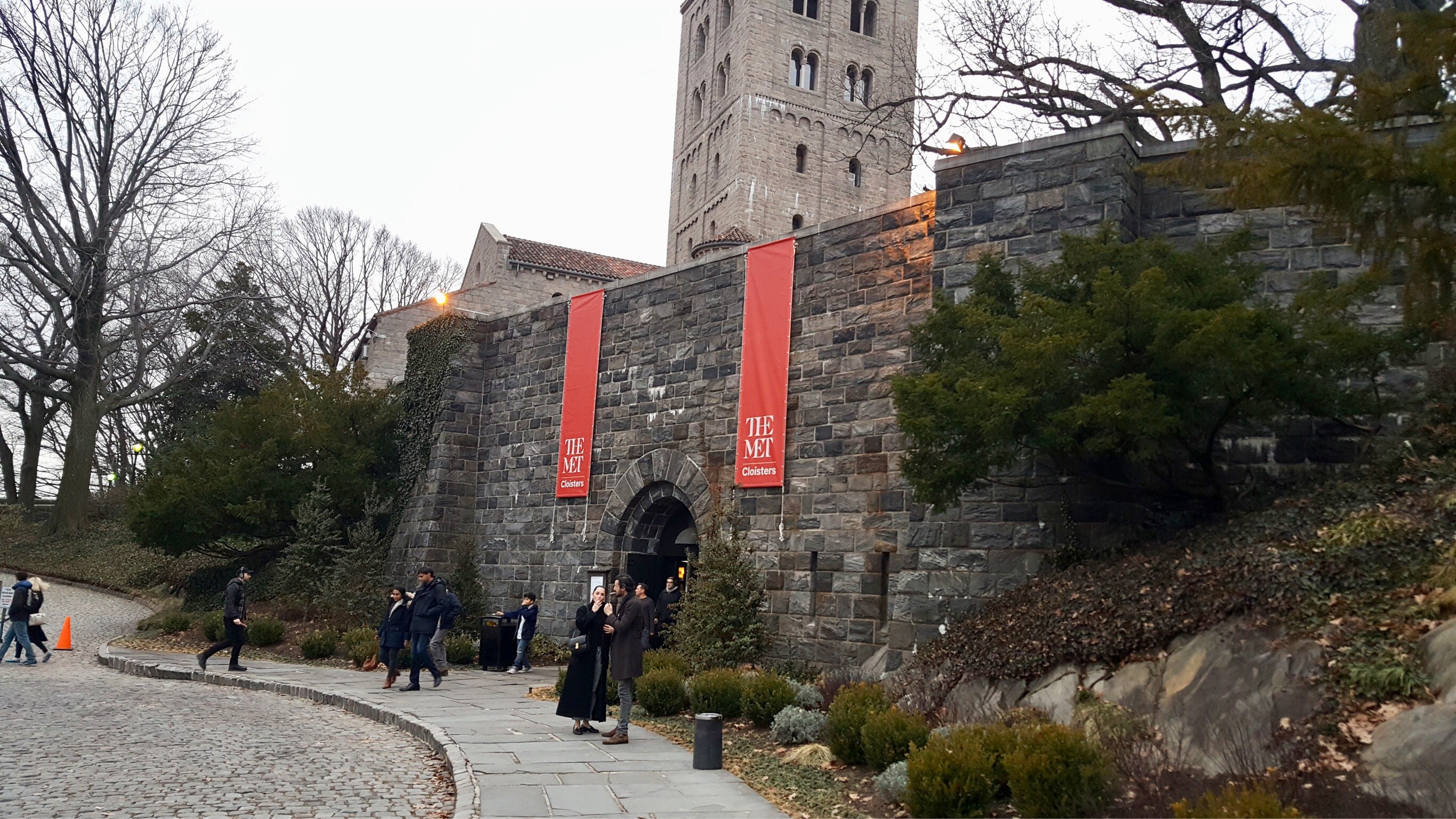
~ Pair Of Lions ~
North Italian, Emilia, early 13th century
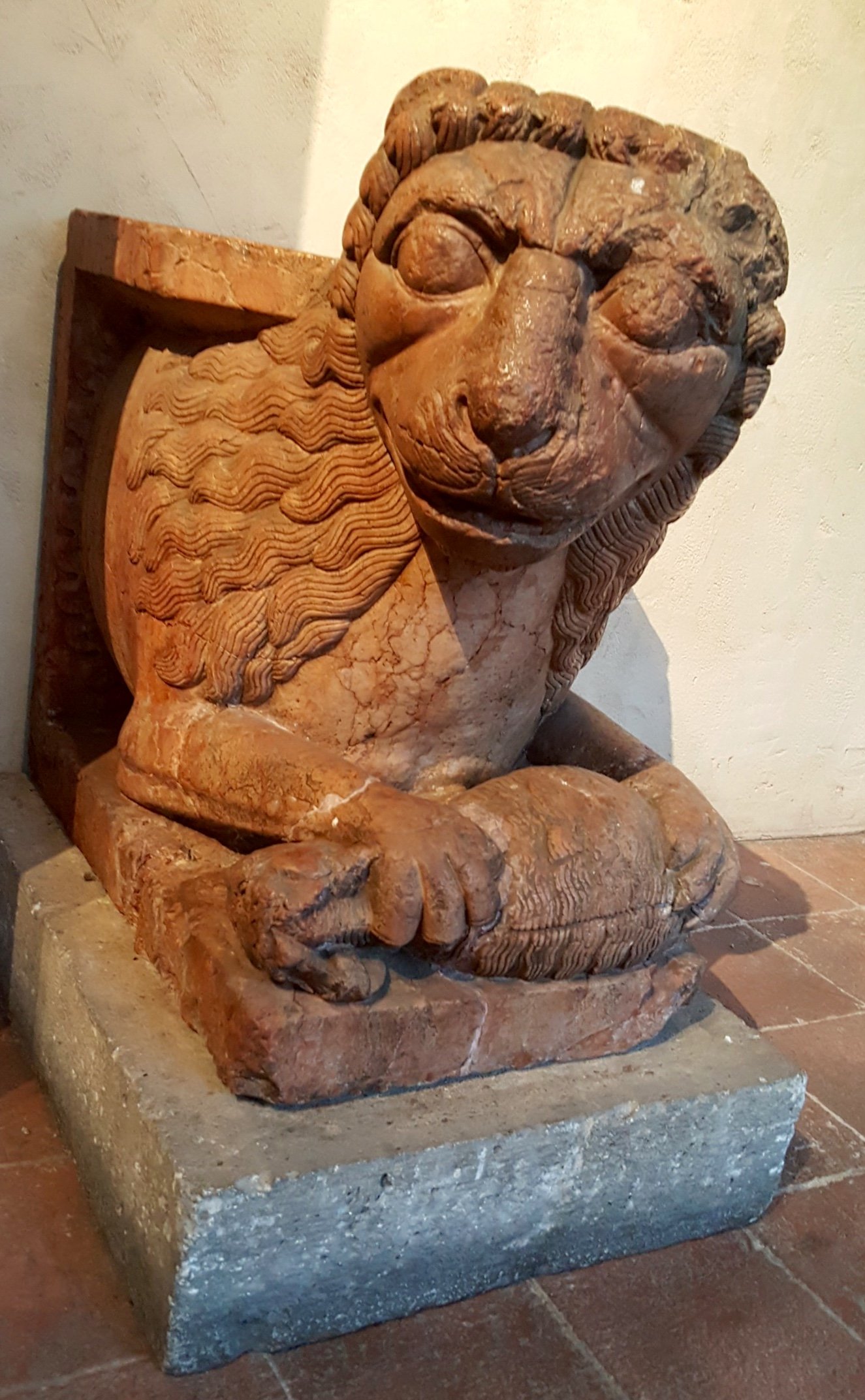

~ Pontaut Chapter House Gallery ~
French, Aquitaine, 12th century.
From the Cistercian abbey of Notre-Dame at Pontaut, south of Bordeaux.
The abbey at Pontaut was found in 1115 as a Benedictine monastery. In 1791 the monasteries buildings were sold to a local family, and the chapter house was converted into a stable; it was sold in 1932 and brought to New York.
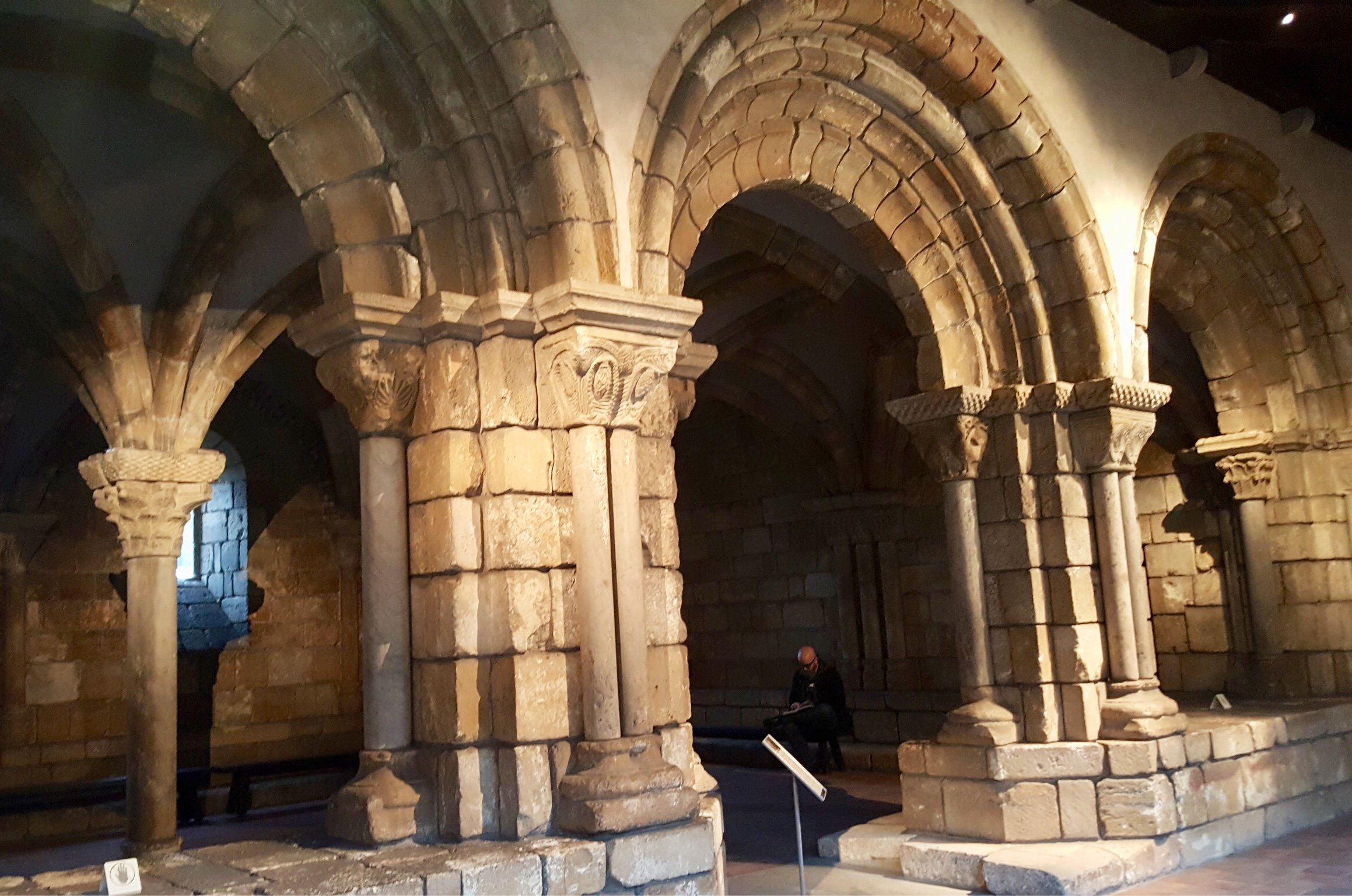
~ Unicorn Tapestries Room ~
- The Unicorn In Captivity -
South Netherlands, ca. 1495 - 1505
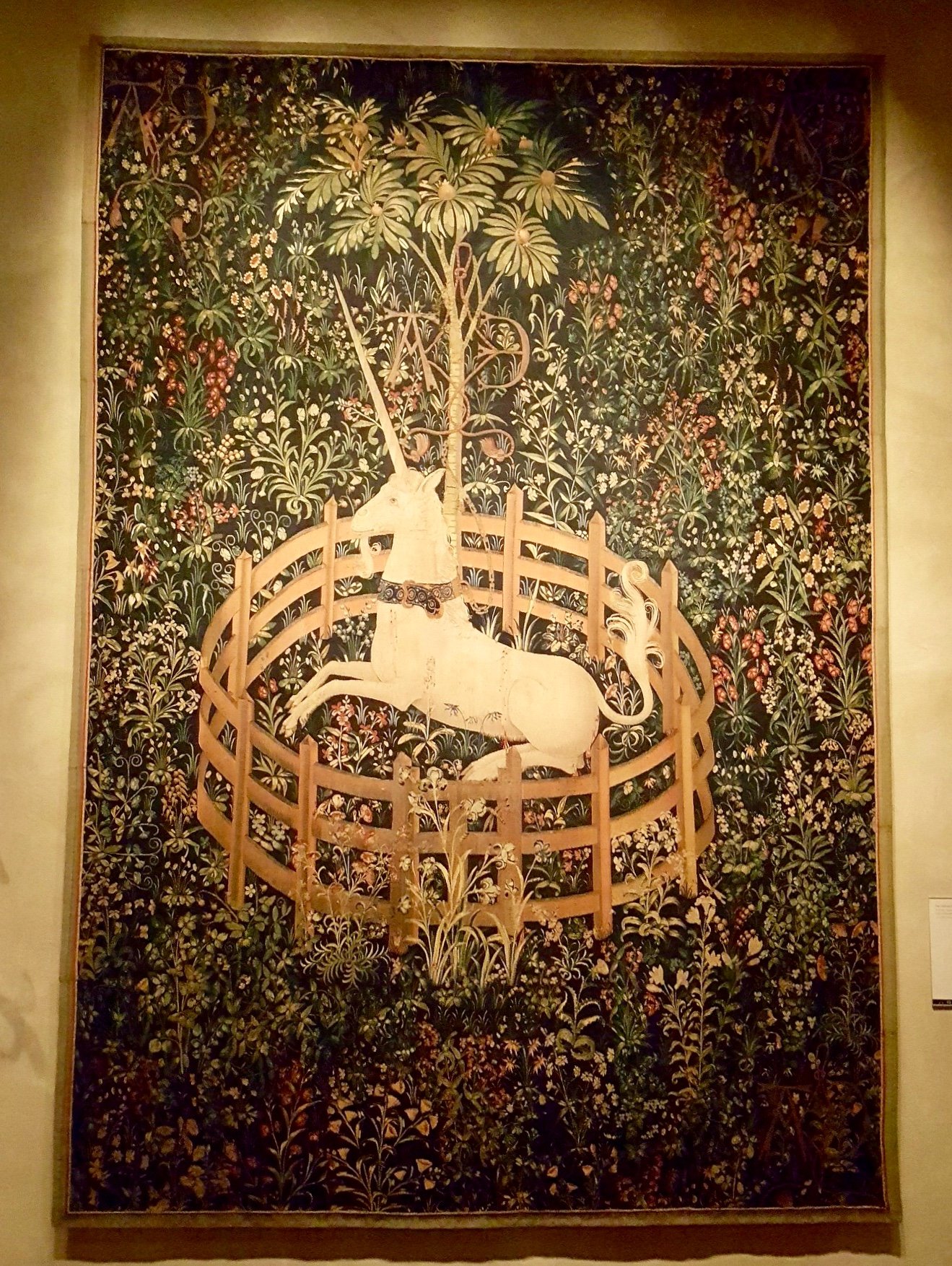
- The Unicorn Is Attacked -
South Netherlands, ca. 1495 - 1505
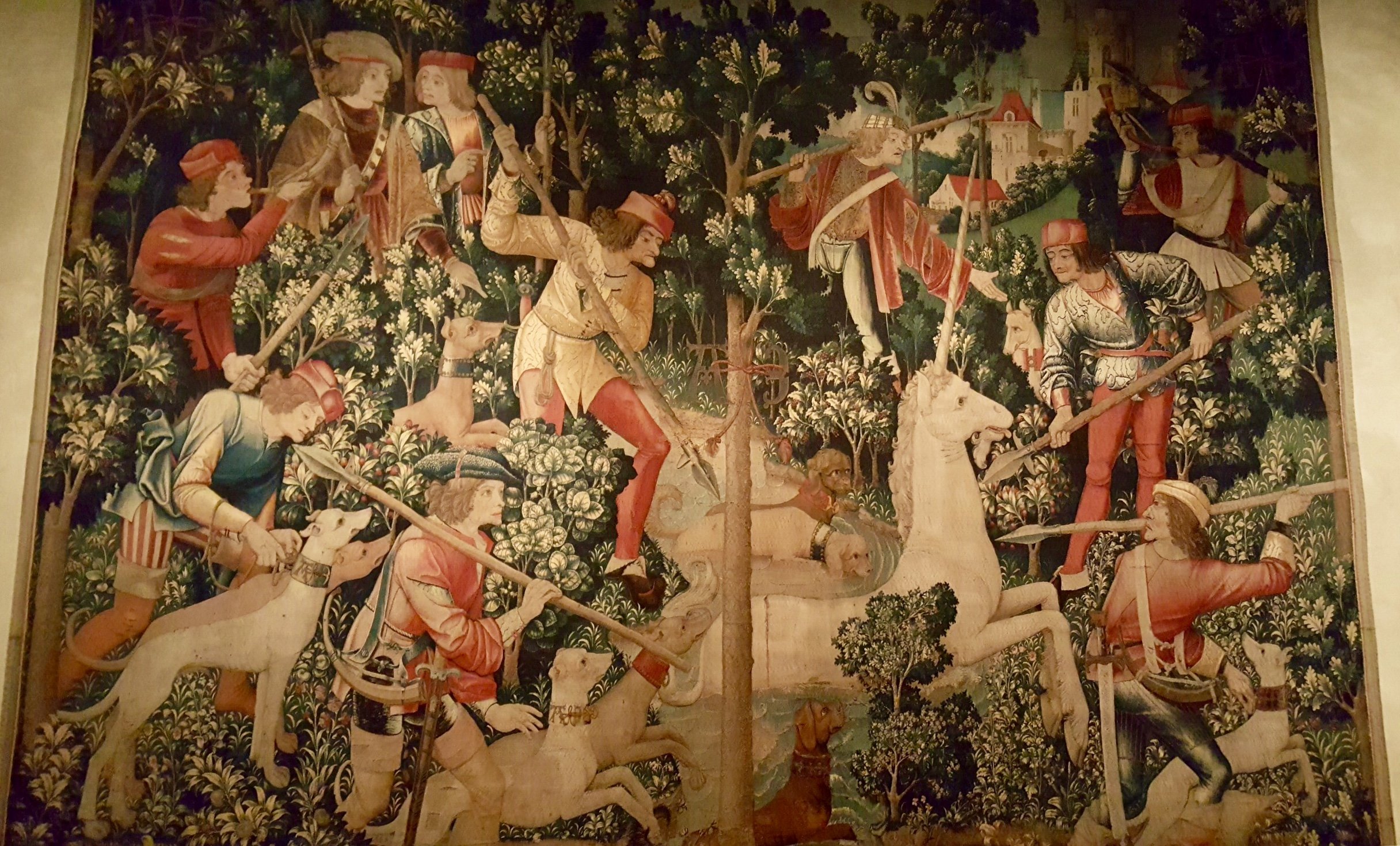
- The Unicorn Purifies Water -
South Netherlands, ca. 1495 - 1505
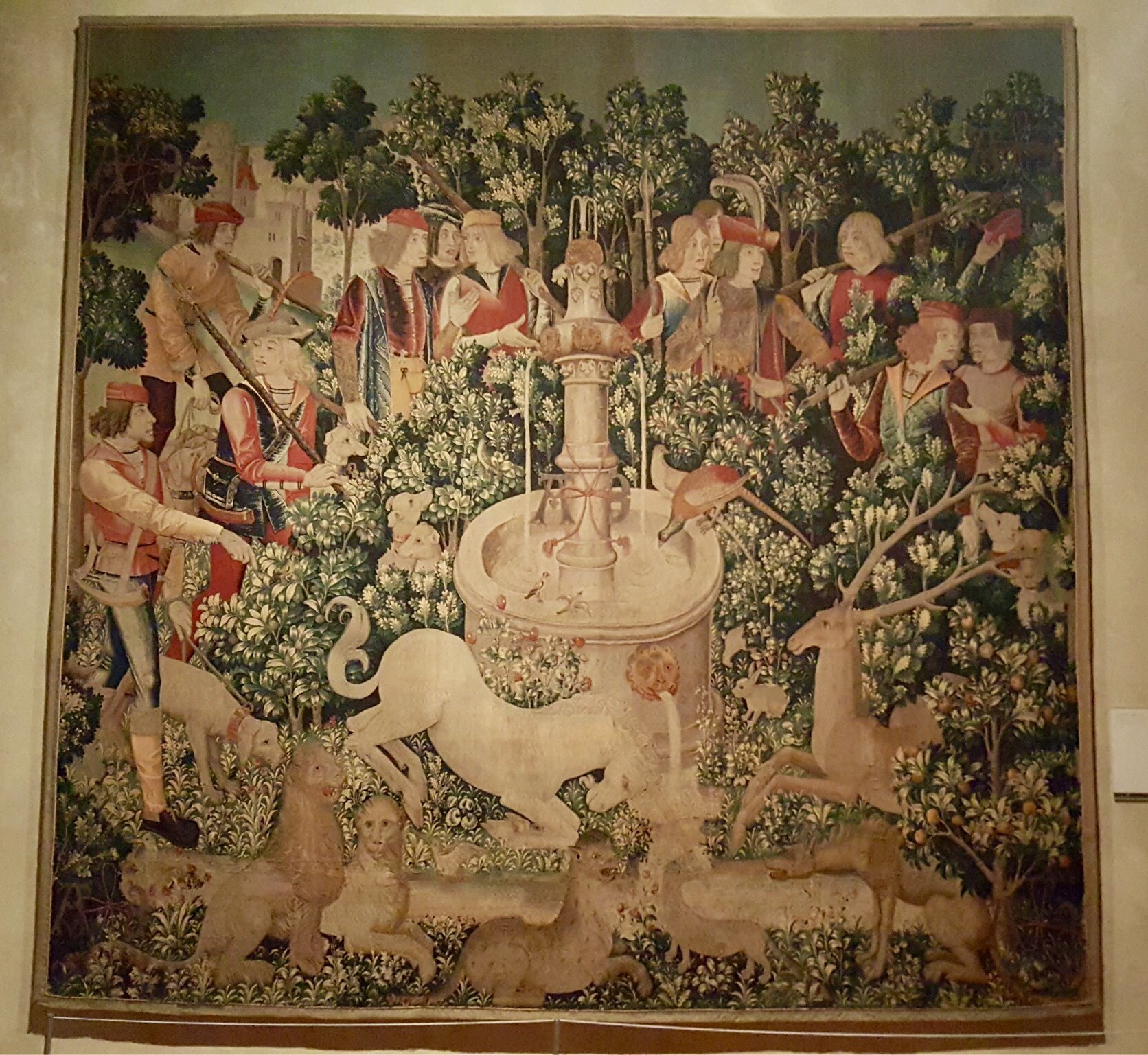
- The Unicorn Is Killed And Brought To The Castle -
South Netherlands, ca. 1495 - 1505
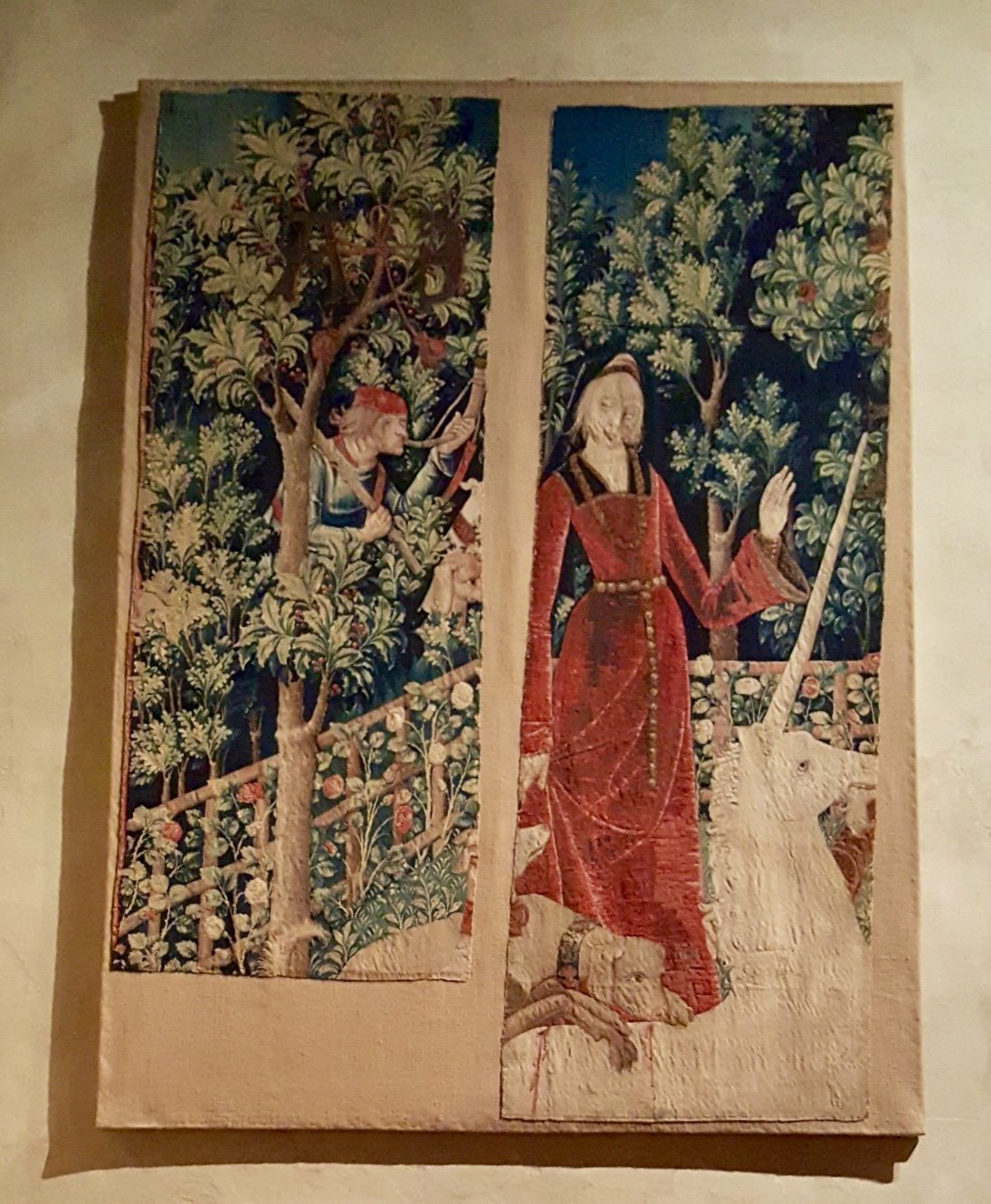
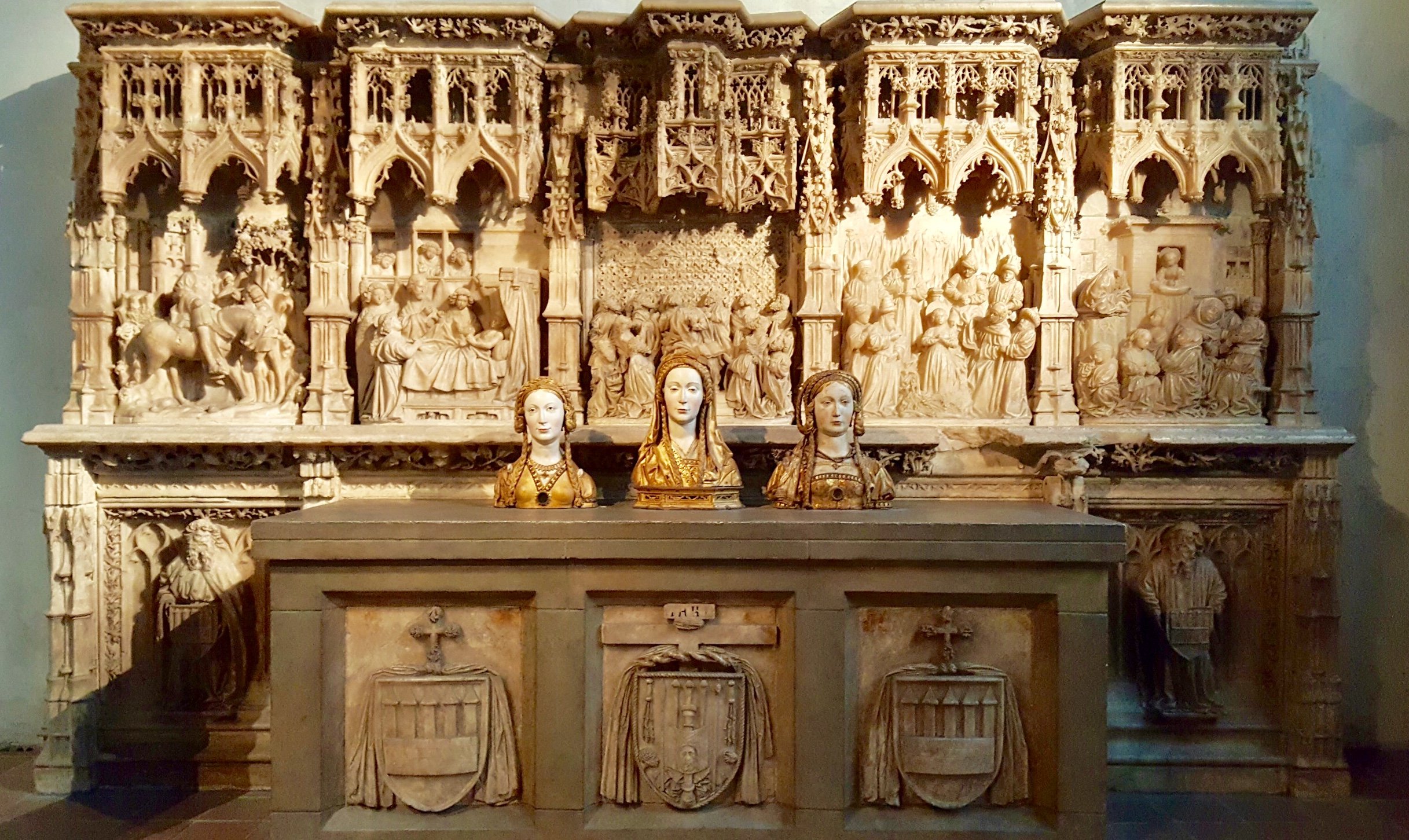
~ Doorway ~
Spanish, Castile- Leon, early 13th century
From the church of San Vicente Mártir at Frias, near Burgos
Fletcher Fund, 1923.
The main portal of the church was nearly destroyed in 1879. Eighty fragments have been used to reconstruct the monumental doorway seen here.

French, Normandy, Alençon,
late 15th-early 16th century.
French, late 14th-early 15th century.
French or South Netherlandish, 13th - 14th century.
Italian, late 15th - early 16th century.
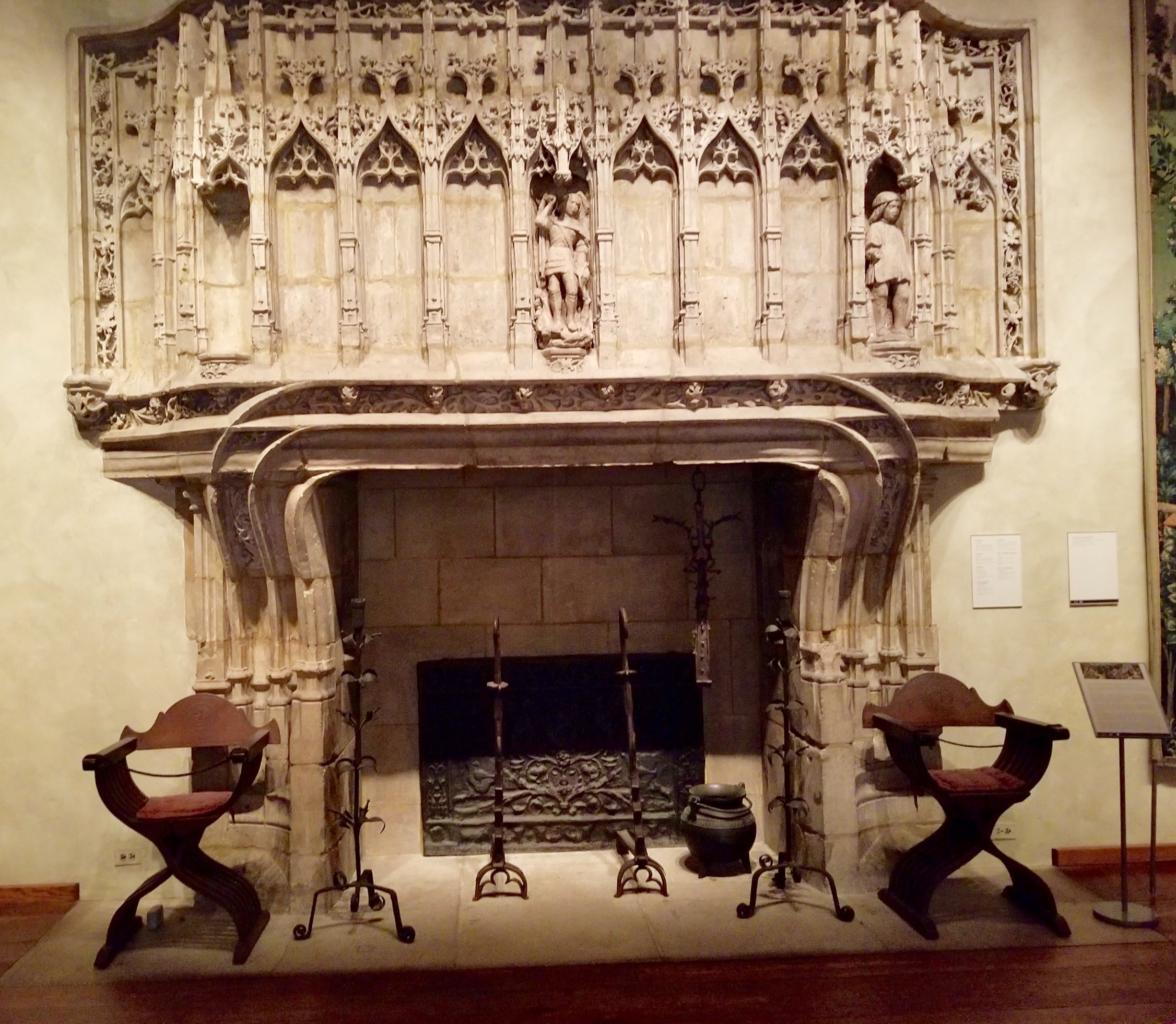
~ Palmesel ~
German, 15th century.
The German word Palmesel (pal donkey) refers to the statue of Jesus on a donkey on a wheeled platform, which was part in many German regions until the Reformation.

~ Kneeling Virgin ~
Italian, attributed to Paolo Aquilano.
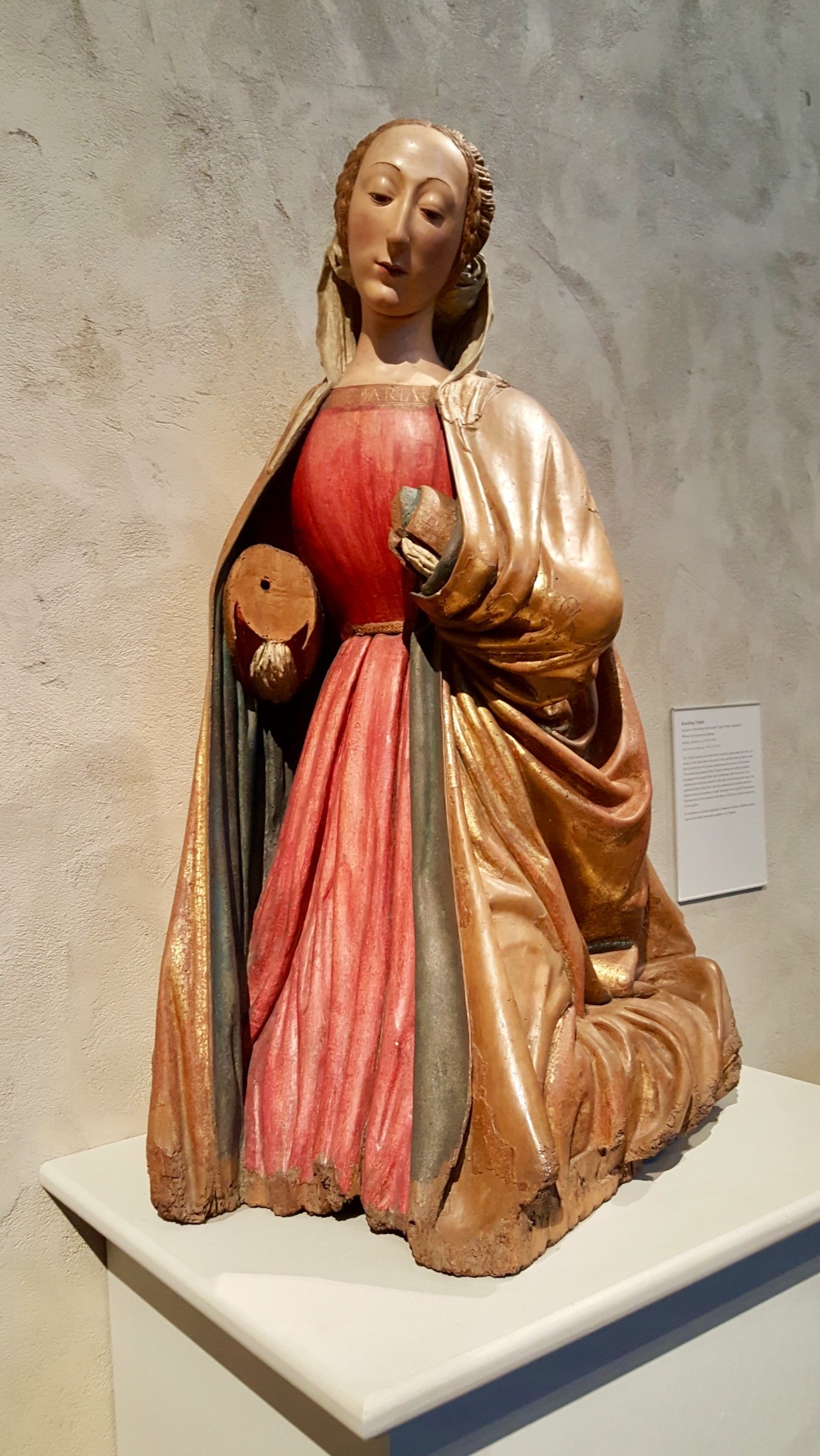
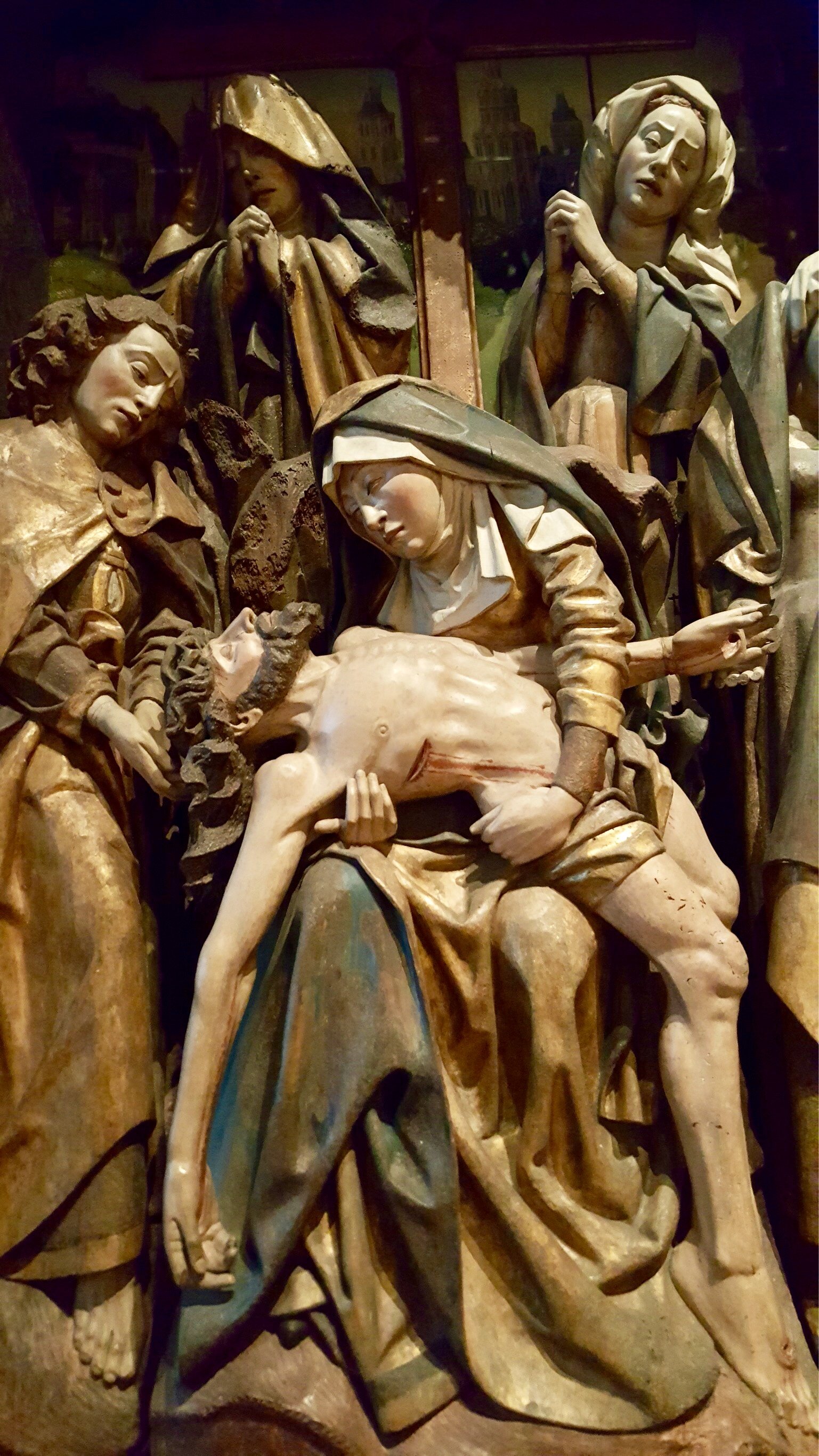
~Christ Is Born As Man’s Redeemer Tapestry ~
1500 - 1520.
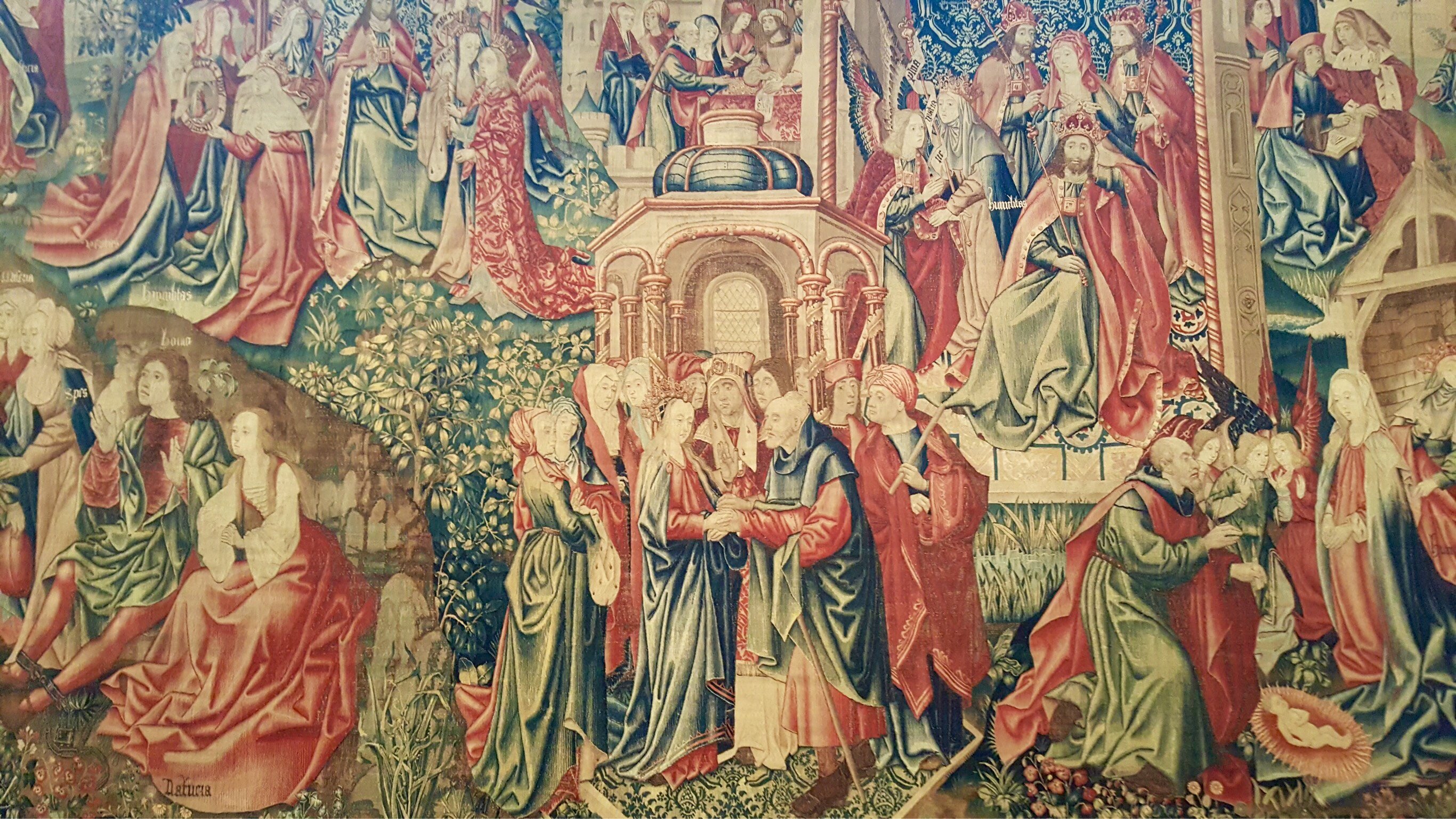
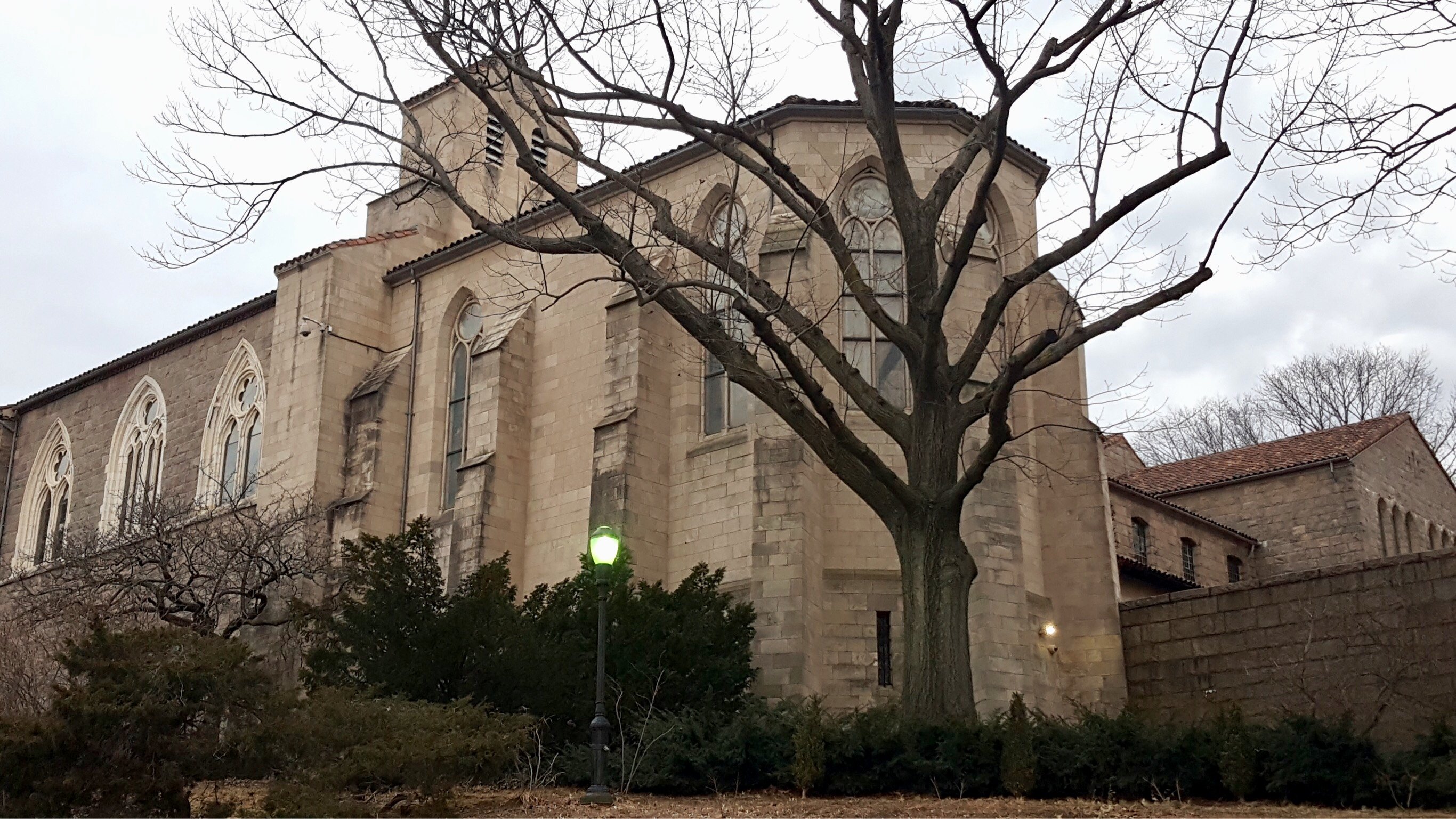
Now here is a thing,
we all Know that all the museums have a little store or market, to get souvenirs from the visit, but by the time I returned to the entrance of the museum where the store is located, the little store was already closed. My bad :(
Anyway I hope you guys enjoyed the show!
Camera Samsung Galaxy S6 phone.
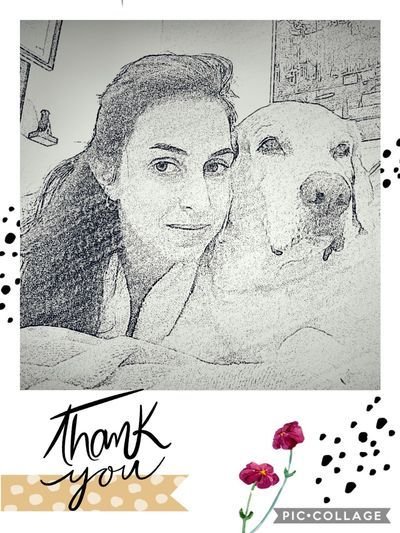
Maru🌻

